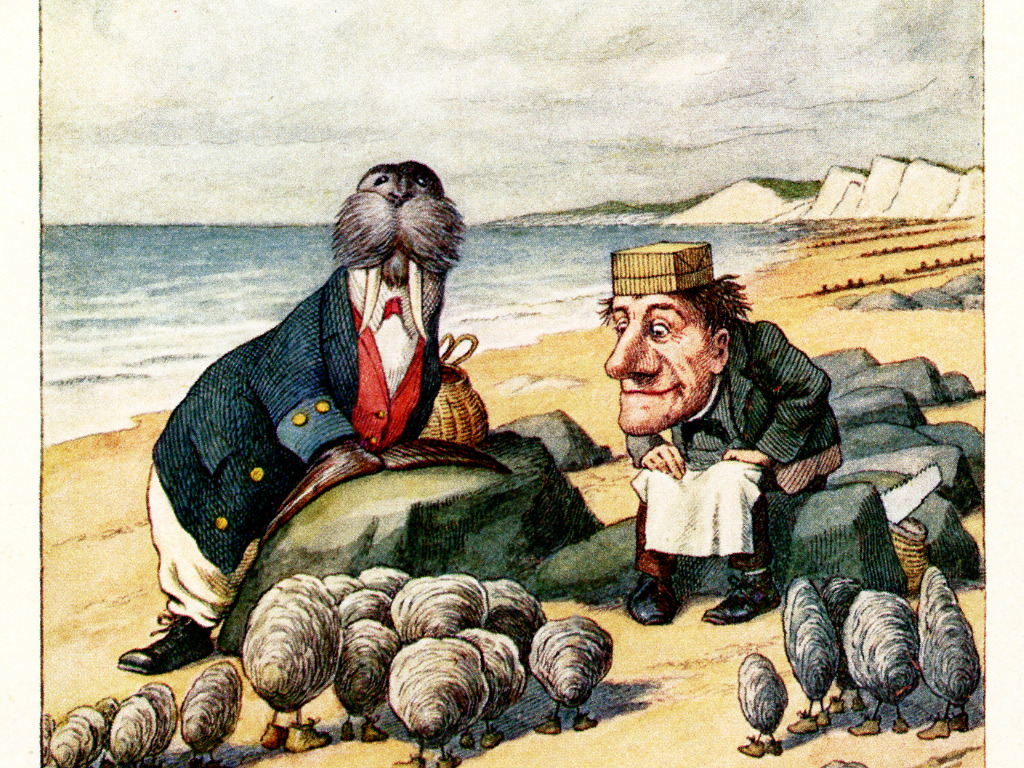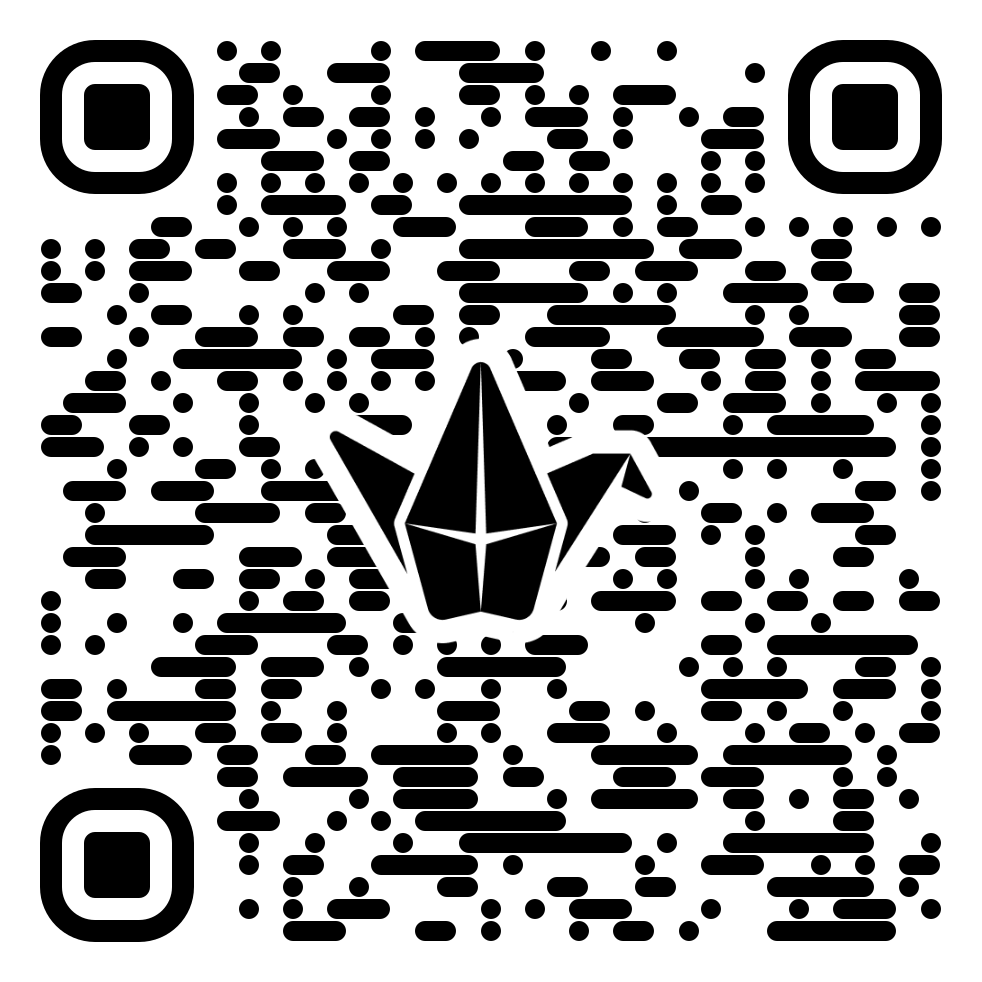Thinking in a Thought-Provoking Time
Themes, Synergies, Collaboration, Engagement and Coherence
A Discussion Document By Gavin Sealey and Lia Rees – for Newham Citizen Science Fair 2026

Thinking Before Doing
“The most thought-provoking thing in our thought-provoking time,” wrote Heidegger, “is that we are still not thinking.”
We take this not as an accusation but as an invitation. The Newham Citizen Science Fair (NCSF) exists to create conditions in which our borough can think — not only about science and technology, but with them, and through them.
Heidegger distinguished between two kinds of thought: calculative thinking, which measures and manages, and meditative thinking, which listens, questions, and wonders.
Science fairs usually celebrate the calculative side of knowledge — innovation, data, invention. Our ambition is to complement that with the meditative: a pause for reflection on what all our making and measuring are ultimately for.
Themes and Coherence
The seven proposed themes for NCSF 2026 —
- Smart Homes
- Telehealth / Telecare
- Women in Science
- Environmental Concerns
- Negotiating AI as a Community
- Makers
- Dialogue and Engagement
— give us a broad but complementary framework through which participants can explore how science, technology, and everyday life intertwine in Newham.
These themes are not boundaries but lenses of curiosity — starting points for citizen inquiry. Together they encourage both the practical (calculative) and the reflective (meditative) dimensions of community learning. They ask not only how things work, but what they mean for the lives we lead and the futures we build.
Citizen Science in a Radical Tradition
Newham’s citizen science grows from a long local tradition of thinking in public — from the radical press of Sylvia Pankhurst’s Workers’ Dreadnought to today’s grassroots movements for climate justice and digital equity. In this lineage, science is not an external authority but a shared language of inquiry and emancipation.
Our challenge is to recover that depth of thought in a world dominated by speed, measurement, and metrics — a world where we permit ourselves to think only as others think, distracted by urgency rather than attuned to meaning.
The Fair invites participants to step outside that noise, to think together as ‘selves among others‘ [1], questioning not just the technologies we use but the purposes they serve.
The Makers Strand
The Maker or Makerspace ethos reflects precisely this dual mode of thought. It values hands-on experimentation — coding, crafting, repairing, printing — yet also cultivates wonder and attentiveness: the meditative side of making.
By learning through doing, we rediscover the poetic dimension of technology — what Heidegger called techne [2] as both art and understanding.
In this sense, every soldered circuit and 3D-printed prototype can be a meditation on how humans shape, and are shaped by, their tools.
Negotiating AI as a Community
This initiative, Negotiating AI as a Community (NAIC), aligns directly with the Fair’s purpose: fostering local understanding and participation in STEM.
It asks how communities can engage AI not as a remote system of control but as a mirror of our collective intelligence — a digital being-with that reveals how we think and collaborate.
Our “Borough Brain” concept envisions an evolving network of community knowledge where reflection is as valued as computation. (We may even borrow a computer suite at RDCS to explore this in practice.)
NAIC embodies the union of calculative and meditative thinking [3]: we experiment with algorithms and intelligent technologies, but we also question their meaning for consciousness, ethics, and community life.
Dialogue and Engagement
Dialogue is not a separate strand but the underlying principle of the Fair.
Exhibits and talks will be interactive, participatory, and questioning — designed to spark conversation rather than deliver conclusions.
We will explore lightweight ways to capture that dialogue — question boards, interviews, QR-linked reflections — so that conversations begun at the Fair continue across seasons and media. [4]
In Heidegger’s sense, this ongoing dialogue is thinking: not the possession of knowledge but an openness to what calls for thought.
Student and Partner Collaboration
The involvement of UEL students through placements at Space Generators and the Climate Emergency Centres adds a practical and inter-institutional dimension.
Their participation links academic learning with community practice, bridging calculative skill and meditative insight.
Partnerships with Newham Mosaic and STEAM DREAMS extend this further, integrating storytelling, ethics, and reflection — essential to sustaining inquiry beyond the event.
Synergies with the Maker Club and University Links
Closer connections between the UEL Maker Club, local makerspaces, and a STEAM DREAMS Talks series (modelled on TEDx) could build continuity before and after the Fair.
These dialogues would showcase local talent while addressing a shared question:
“What does it mean for citizens to make knowledge together — in Newham, and for Newham?”
A Fair that Thinks
By integrating these strands — technological, educational, creative, and philosophical — the Newham Citizen Science Fair becomes more than an annual event.
It becomes a living act of thought: a space where calculative and meditative thinking meet; where science and story, data and dialogue, converge; where the borough’s radical past informs its collaborative future.
To think in this way is already to act. And in this thought-provoking time, that may be the most necessary action of all.
Shared on 15 November 2025
Footnotes:
[1] The phrase ‘selves among others’ refers to Heidegger’s notion of Dasein — literally ‘being-there’ — the human mode of existence that always unfolds in the world and in relation to others.
In contrast to Das Man (‘the they’), which denotes the anonymous everyday self that conforms to collective norms, authentic Dasein remains responsive to its own thinking and conscience while still dwelling with others.
[2] Techne contains both the instrumental and the existential dimensions of technology — the practical craft of making and the deeper, poetic way in which things reveal meaning.
[3] The distinction between calculative and meditative thinking is Heidegger’s way of contrasting the instrumental and existential dimensions of human understanding. I draw a similar contrast between STEAM (the technical disciplines) and DREAMS — Dialogue, Reflection, Ethics, Awareness, Meditation, and Story — which express the deeper, human capacities needed to orient ourselves within a technological world — the motivation underlying NAIC.
[4] Here is an example of a ‘lightweight way to capture dialogue’: See the NAIC Sandbox using the Padlet online app.

Padlet helpfully provides a QR link.